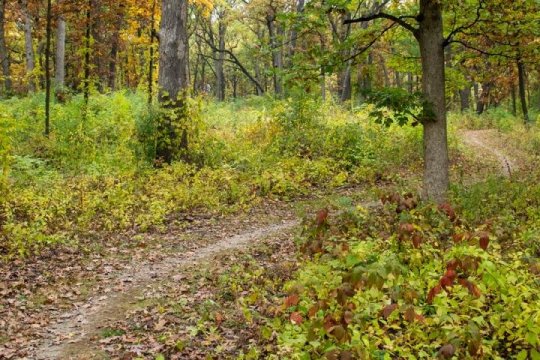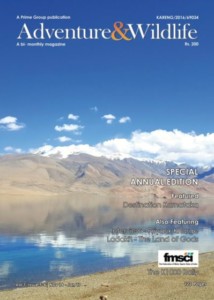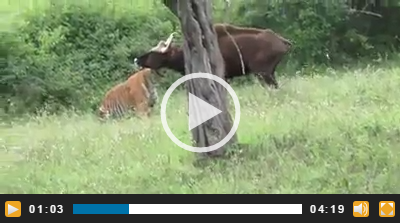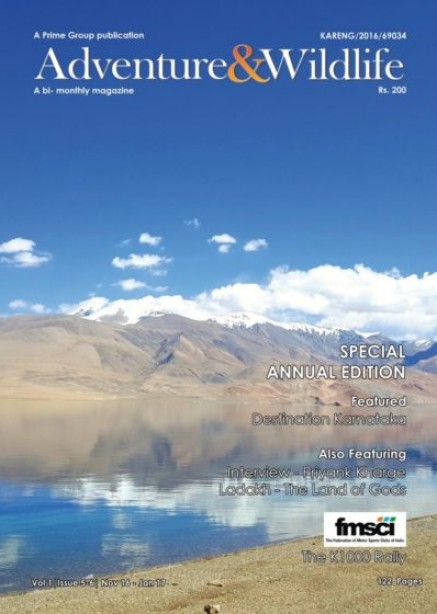
Carbon could be locked in forests

That’s according to a new study in the Proceedings of the National Academy of Sciences (PNAS) coauthored by Umakant Mishra — a geospatial scientist in the Environmental Science division of the U.S. Department of Energy’s (DOE) Argonne National Laboratory — and six other researchers from across the country. The goal of their study was to determine how much carbon is absorbed, or sequestered, in the topsoils of reforested areas compared with pristine forest and disturbed land. The researchers found that in the next 100 years, already existing reforestation in the country could help topsoil absorb an additional 2 billion tons of carbon, which is about 1 percent of all U.S. greenhouse gas emissions.
“If there’s a small change in soil carbon, it can affect the carbon in the atmosphere dramatically,” Mishra said. “We tried to find lands that are undergoing reforestation in the United States to determine at what rate they’re sequestering carbon. Using our analyses, we found there’s about a half million square kilometers in the U.S. under reforestation currently.”
That’s not counting the forest fire areas that burned in 2017 in California, Oregon and across the West — but the data from the study could help forest managers decide how to best replant those areas to take up the most carbon.
In their study, researchers looked at 15,000 soil profile observations from two national databases, as well as remote sensing information on reforested areas across the country. One of the most important purposes of the research was to determine the rate at which reforested and undisturbed forest soils absorb carbon from the atmosphere. In the past, those numbers have been a bit broad and undefined, but the scientists were able to narrow them significantly, said Luke Nave, lead author and a research scientist with the University of Michigan and the Northern Institute of Applied Climate Science.
“When people measure carbon sequestration they typically focus on the vegetation, because it is much easier to see and measure,” Nave said. “No one has published an analysis like this with soils before.”
Biomass accumulates carbon faster in the near term, but soils take up carbon more slowly and steadily over the long term, so the rates are very different, he said.
And the lack of soil data left predictive models often conflicting on whether a land area will be a carbon source or sink, Mishra said.
The researchers found that over the course of a century, topsoils on already existing reforested cultivated land like farms can take up between 0.8 and 1.6 billion tons of carbon, while topsoils associated with reforestation of disturbed forests can take up about 0.5 billion tons. That means a total of 1.3 to 2.1 billion tons of carbon will be removed from the atmosphere over the next 100 years with no additional effort.
Understanding the rates and being able to predict outcomes are key for decision makers when they look at replanting and other forest management methods. Of course, those rates don’t account for the carbon that was released into the atmosphere from the original forest fire. But they can help mitigate the damage of increasing wildfires over time, Mishra said.
“I think that wildfires are increasing because of the warming planet,” Mishra said. “A lot of carbon goes into the atmosphere as part of that process.”
Narrowing down the carbon sequestration rates to a much smaller scale, such as hectares, and having more details about how the landscape is disturbed can help forest managers be more effective on the ground. At the micro scale, managers can zoom in on particular ecoregions for individual projects.
Still, there are barriers to expanding replanting efforts across the country. Often the Forest Service doesn’t have enough resources to replant areas burned by wildfires, Nave said.
Next, the researchers want to start narrowing the rate numbers down to smaller time and area scales so they’ll be more useful to land managers.
Source : https://www.sciencedaily.com/releases/2018/03/180309125249.htm




































